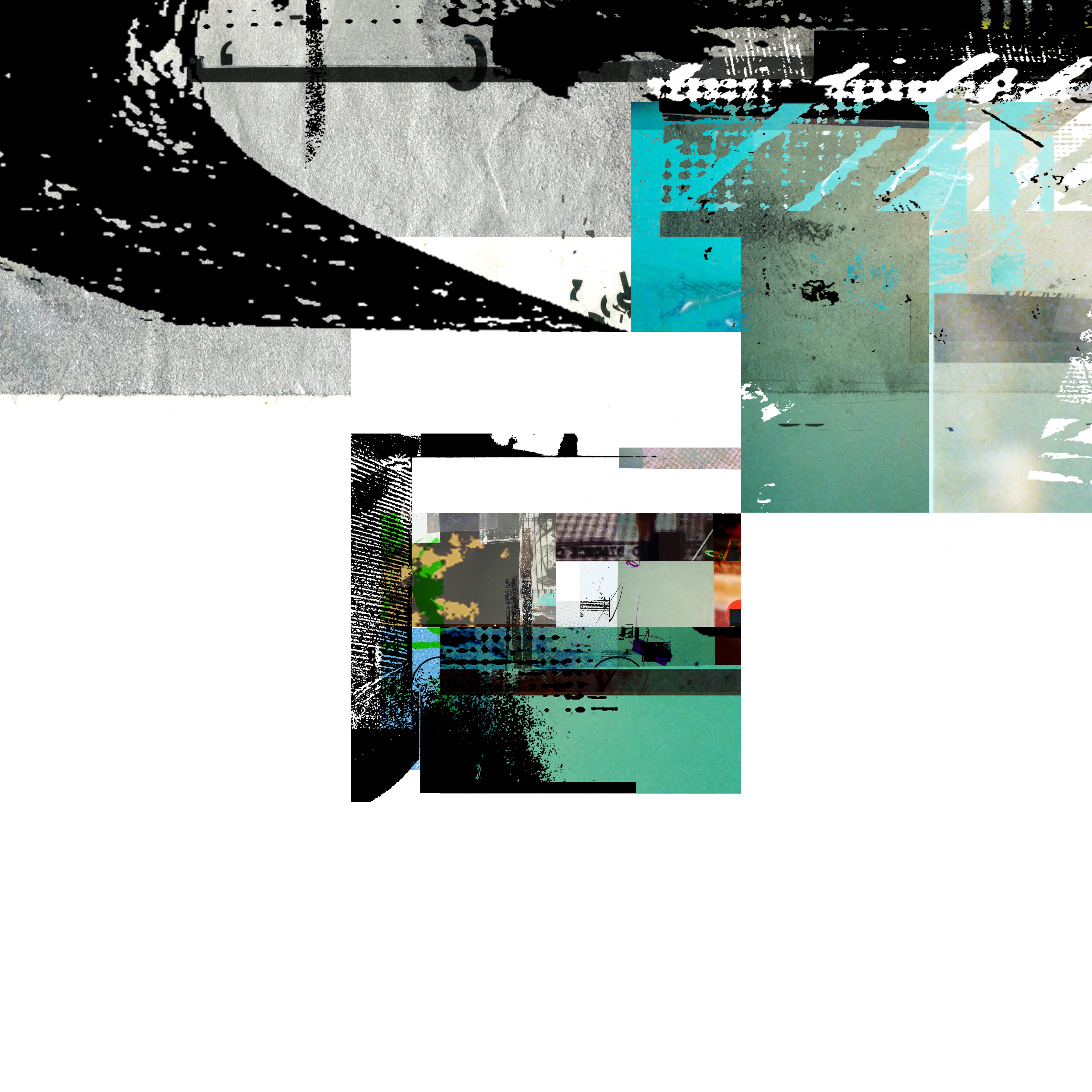Marcus Diamond
MA Illustration, Course Leader. Senior Lecturer., Teesside University

Marcus Diamond
#conversation: how picture-based learning through storytelling can enhance conversations surrounding organ donation
Abstract
#conversation is a collaborative study between healthcare professionals and visual communication professionals, designed to raise awareness and to encourage conversations around organ donation.
On average, three people in the UK die each day in need of an organ, and 1% of people die in circumstances where organ donation can be considered. As of March 2019, 38% of the population had signed up to the organ donation register. #conversation; is an audio/visual educational tool, designed to be used amongst NHS staff from all areas to encourage dialogue on the subject of organ donation.
With an emphasis on storytelling; #conversation uses a picture-based delivery. This short film made a powerful impact; demonstrating high levels of staff engagement; and was seen to positively influence views and promote conversations between participants, their friends, families, and colleagues.
Illustrating organ donation recipients and donor’s stories voices, the film was shown during NHS staff Basic Life Support (BLS) training, which is compulsory for all patient-facing staff. #conversation utilized illustration techniques, referencing deconstructivism to enable the contextualization of a difficult subject matter. This collage-led, cut and paste approach enabled emphasis and contrast, with juxtaposed imagery of the value of everyday things versus extraordinary events. #conversation has effectively developed a research model for delivering and evaluating short educational interventions within a healthcare setting. As such, this model could be used in similar ways as a vehicle to promote discussion around issues pertinent to life support.
Exploring the use of storytelling and communication hybridity this can empower the illustrator; as a co-researcher/producer, working with a number of teams at different stages within a healthcare setting. Furthermore, #conversations encouraged further dialogue regarding roles of the message, messenger, impact of image, the process of user testing/iteration and on-site research: all to enable a valuable narrative-led solution.
Bio
Driven by memory, narrative, topology and materiality, Diamond holds a deep commitment to research, with engagement of interdisciplinary debate. With analogue, process and hybridity at the crux of his practice, he is interested in the use of new technologies and the interrelationships between disciplines.
Using process as research his transient approach allows discourse through image making, often using sketchbooks as a direct or final form. His practice concerns disruption and fragmentation of memories, explored through assemblage. A short film essay exhibited at DEMO Festival in Amsterdam in 2019 recontextualised 1970s cine film footage, photographic negatives and drawings– exploring thematic Post-industrial landscapes and intergenerational memory. His current research is exploring the interrogation of illustration as a medium for social good, and the application of motion and moving image.
Having founded the studio Neasden Control Centre in 2000, producing questioning illustration, and working multi-disciplined across animation, branding, exhibition, graphic design, installation motion, print and product. The first monograph was published worldwide by Die Gestalten Verlag and featured on reading lists across academia and the company was placed 85 in the 200 Best Design Moments Ever in 2012, by Computer Arts Magazine. He went on to work as a freelancer across numerous sectors, and is currently Course Leader for MA Illustration at Teesside University.